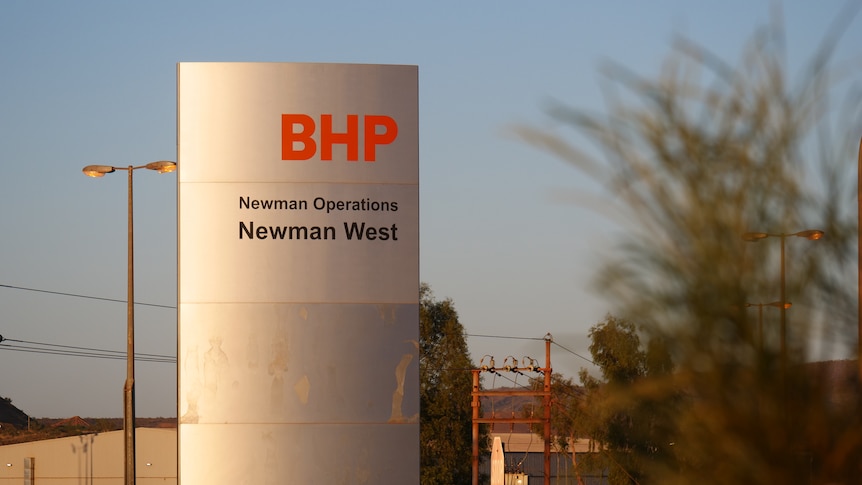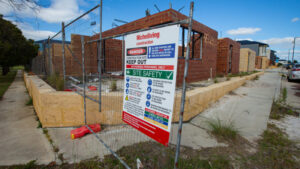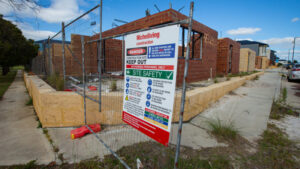
A confirmed case of measles has been identified at BHP’s Newman Operations in the Pilbara region of Western Australia, prompting several staff members to enter isolation. The case is linked to an individual who traveled to Newman on July 2, 2023, and subsequently attended work at the mining site, which is located approximately 1,170 kilometers north-east of Perth.
BHP confirmed the situation to the media, stating, “We are managing a single confirmed case of measles at our Newman Operations.” The company added that the affected individual has been off-site for over a week and emphasized that no additional cases have been reported. As part of their response, the company’s health and safety team has implemented precautionary measures and is collaborating with WA Health to monitor the situation closely.
Currently, Newman has a population of around 7,000 people and is home to two BHP-operated mines that produce approximately 78 million tonnes of iron ore annually. Although no further cases have emerged in Newman, several staff members are in isolation at the mining camp, with a few exhibiting cold and flu-like symptoms.
Health Authorities Respond to Measles Cases
This week, WA Health reported two locally acquired cases of measles in the state. One of the confirmed cases is believed to have traveled from Newman to Perth on Qantas flight QF1705 on June 23, before returning to Newman on flight QF1708 on July 2. During the individual’s stay in Newman, they visited a fuel station on the morning of July 4 and later returned to Perth on flight QF1705 on July 7.
A second confirmed case involves a member of the Qantas flight crew who traveled to Port Hedland on July 3 via flight QF1642, before returning to Perth shortly thereafter on flight QF1643. Port Hedland is a significant airport for industrial and fly-in-fly-out (FIFO) workers in the region, housing the world’s largest bulk export port.
Both Qantas flights have been designated as exposure locations, and health authorities have urged anyone who was at the airports during the relevant times to monitor for symptoms.
Symptoms and Precautions
Measles is a highly infectious disease that can be transmitted through airborne droplets. Common symptoms include fever, tiredness, runny nose, cough, sore eyes, and the characteristic red rash. The Department of Health has warned that symptoms typically appear 10 days after exposure, although it can take up to 18 days for the illness to manifest.
In addition to the airports, exposure sites also include retail and food establishments in the Perth suburbs of Scarborough and Mindarie between July 1 and July 8. Anyone who has visited these locations and develops symptoms is advised to seek medical attention promptly and to inform healthcare providers of the potential infection risk.
While Australia was declared measles-free in 2014, imported cases continue to be diagnosed occasionally. The situation underscores the importance of public health vigilance and the need for timely reporting and response to prevent further spread of the disease.







